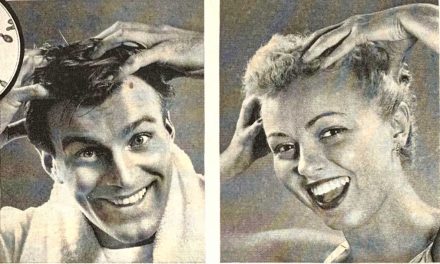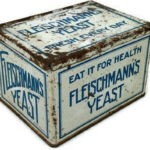Pianos were once widely advertised:
Music lovers could pick and choose
from multi-page catalogues of pianos
If the trial in your home wasn’t satisfactory,
the piano could be returned at no cost to the purchaser!

Gathering around the piano was a very popular pastime when people had to entertain themselves
Harper’s Magazine of 1890 carried numerous advertisements for pianos
Steck Pianos offered great power, evenness of scale, rich singing quality and absolute durability. Steck had been in business for 33 years and offered endorsements — from pianists who certainly knew pianos. Wagner: “ Everwhere acknowledged to be excellent.” Liszt: “They give the liveliest satisfaction.”
Other music lovers endorsered the Steck as unparalleled, a really perfect piano, the very best piano made, ranked higher than all other instruments now manufacturered.
Other piano advertisers offered their own claims. The Everett piano claimed to be unexcelled in precision and delicacy of touch and durability. Vose & Sons, established in 1851 claimed to have sold 25,000 pianos that combined sympathetic, pure and rich tone.

Who would have thought
that owning a piano
could save a marriage!
The distraught husband and the distressed wife was a common theme in advertisements.
This advertisement by Ivers and Pond Piano Co of Boston, Mass, features a drawing of an elegant couple by a piano. The drawing carries the line: If music be the food of love, play on.
The body copy links
card-playing husbands with
piano-playing wives.
Marriage is Not a Failure!
It was decided that way before time was, and in accordance with the order of things you will marry and be happy, if you are wise, and by the same token you will furnish your house with an Ivers and Pond Piano; not forgetting that our SOFT STOP will be worth more to you than the whole price of any piano, for you can keep up your music without disturbing the baby’s naps, and without detriment to your husband’s quiet game of whist. De you prefer that he should do his card playing at home? Then you want of our Soft Stop.

And when a piano didn’t meet your needs
there was always…
The Vocalion

Music lovers could buy the Wing Piano by mail.
No advance payment or deposit
The piano is shipped to you at no cost.
You don’t like it? Send it back.
And it won’t cost a cent!
Wing & Son did it that way and they claimed in 1903
to have sold over 36,000 pianos in 35 years.
Here is how Wing & Son advertised their pianos in McCall’s Magazine, August 1903. It’s a full page, 2nd cover (that’s the inside front cover). It’s a well designed, well written advertisement with very lengthy copy made more readable through informative paragraphing.
The headline hopper learns very quickly that the piano was shipped from the Factory at a Wholesale Price: It was sent on trial: No Other piano had so many improvements and special features: It came with an Instrumental Attachment: Prominent Purchasers were identified and, finally, prospective buyers needed a book when they intended to buy a piano.
Readers who wanted to learn more might begin at the next-to-final paragraph that tells why You Need This Book — “The Book of Complete Information About Pianos.” Apparently, if you read it carefully you’ll be a judge of tone, action, workmanship and finish.
Prominent purchasers included US Senators and State Governors and even a Supreme Court Justice.












